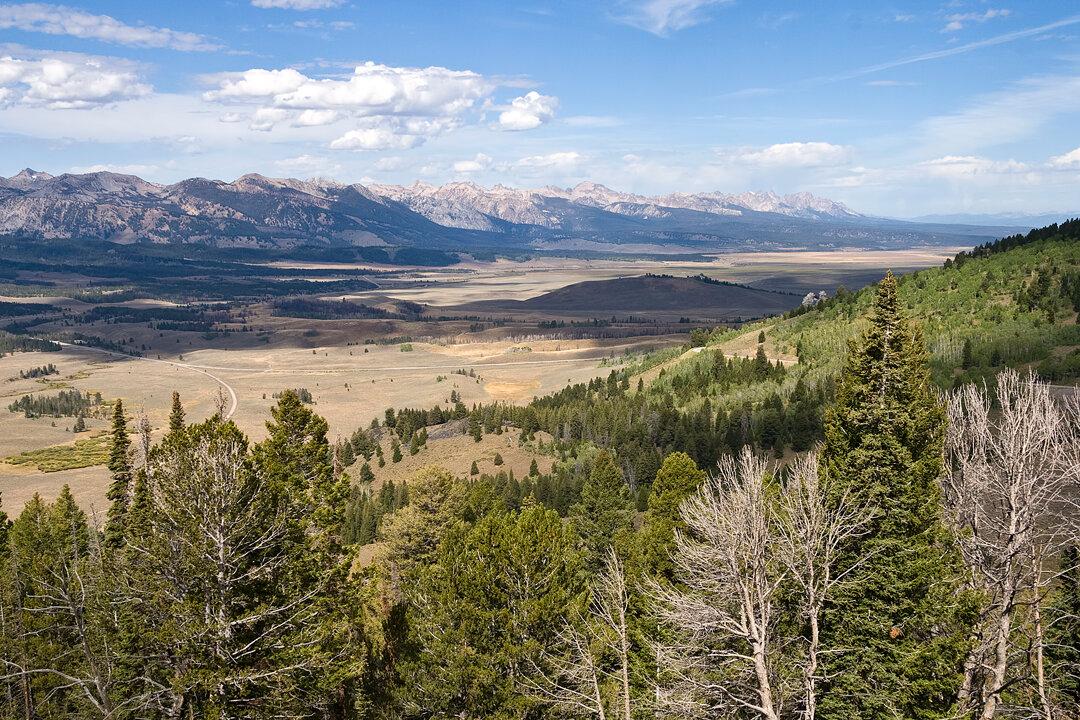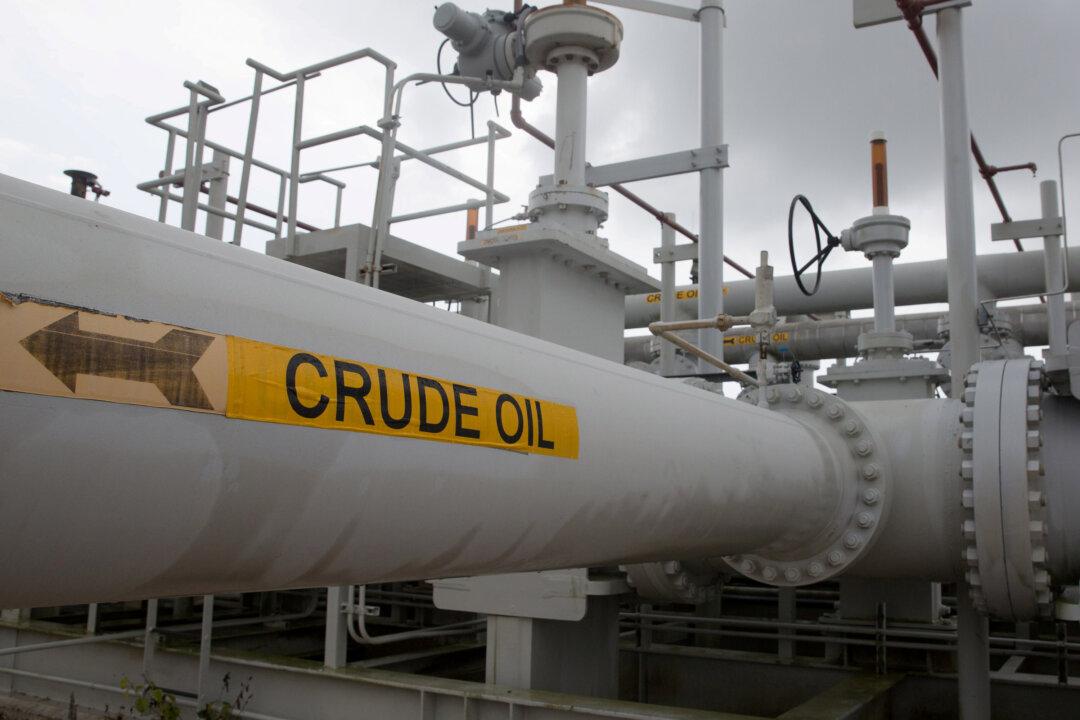Commentary
Modest global warming has resulted in fewer Idaho climate extremes and has brought significant additional benefits, a review of Idaho climate data reveals. The climate data should reassure Idaho legislators who have expressed concern about local impacts of asserted climate change.





